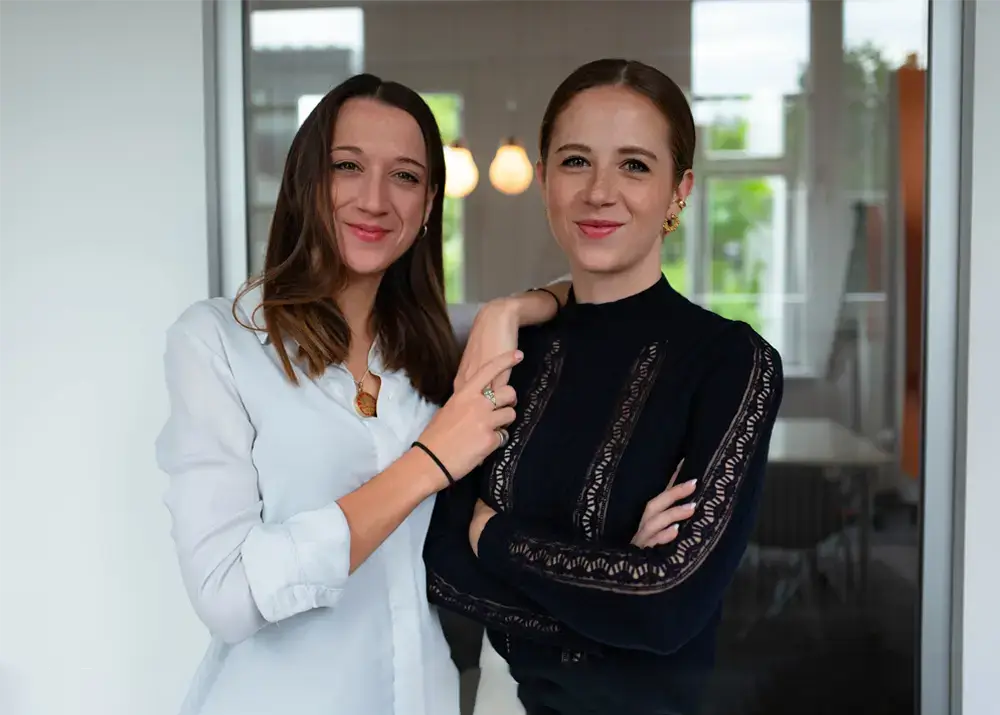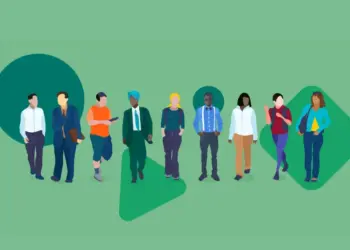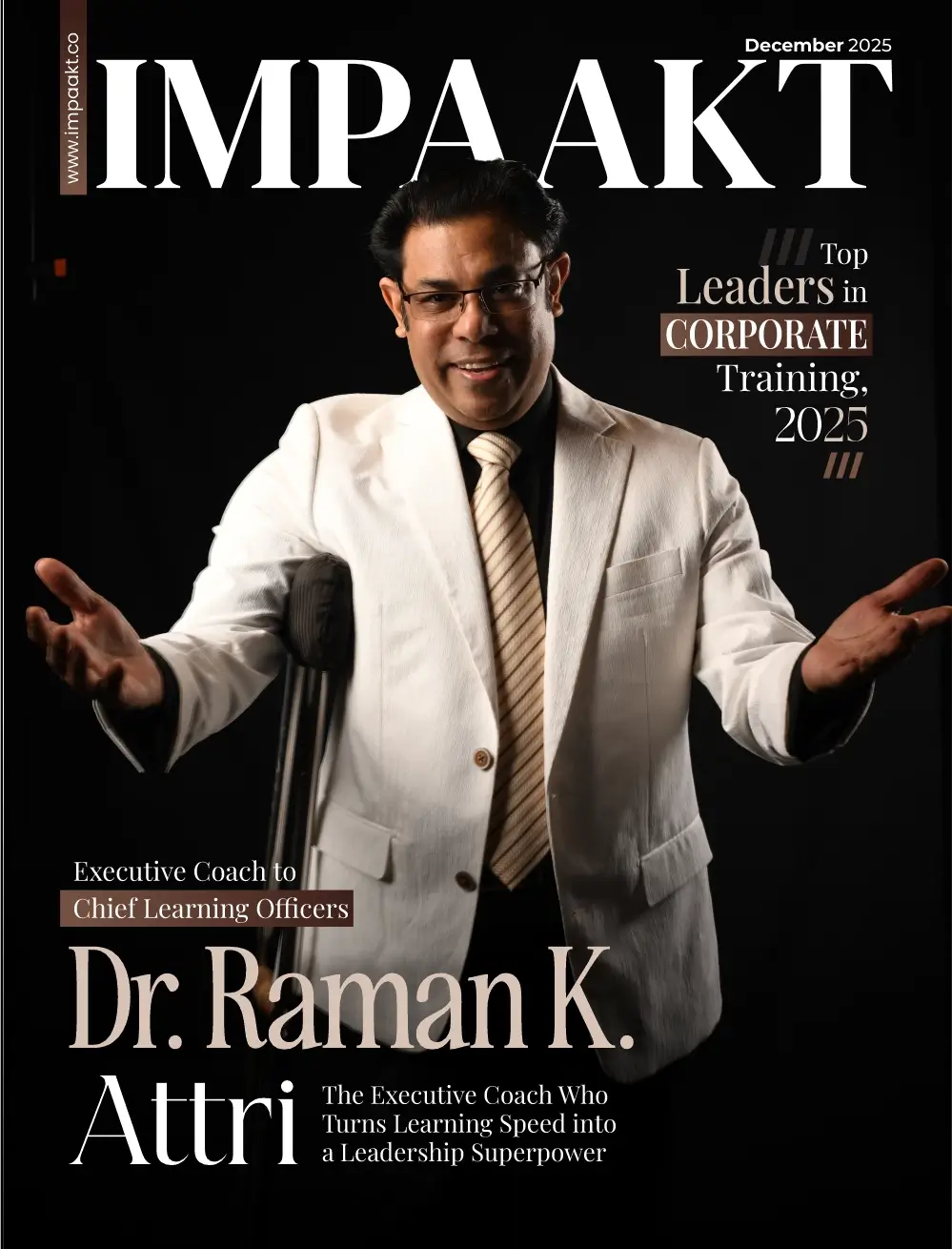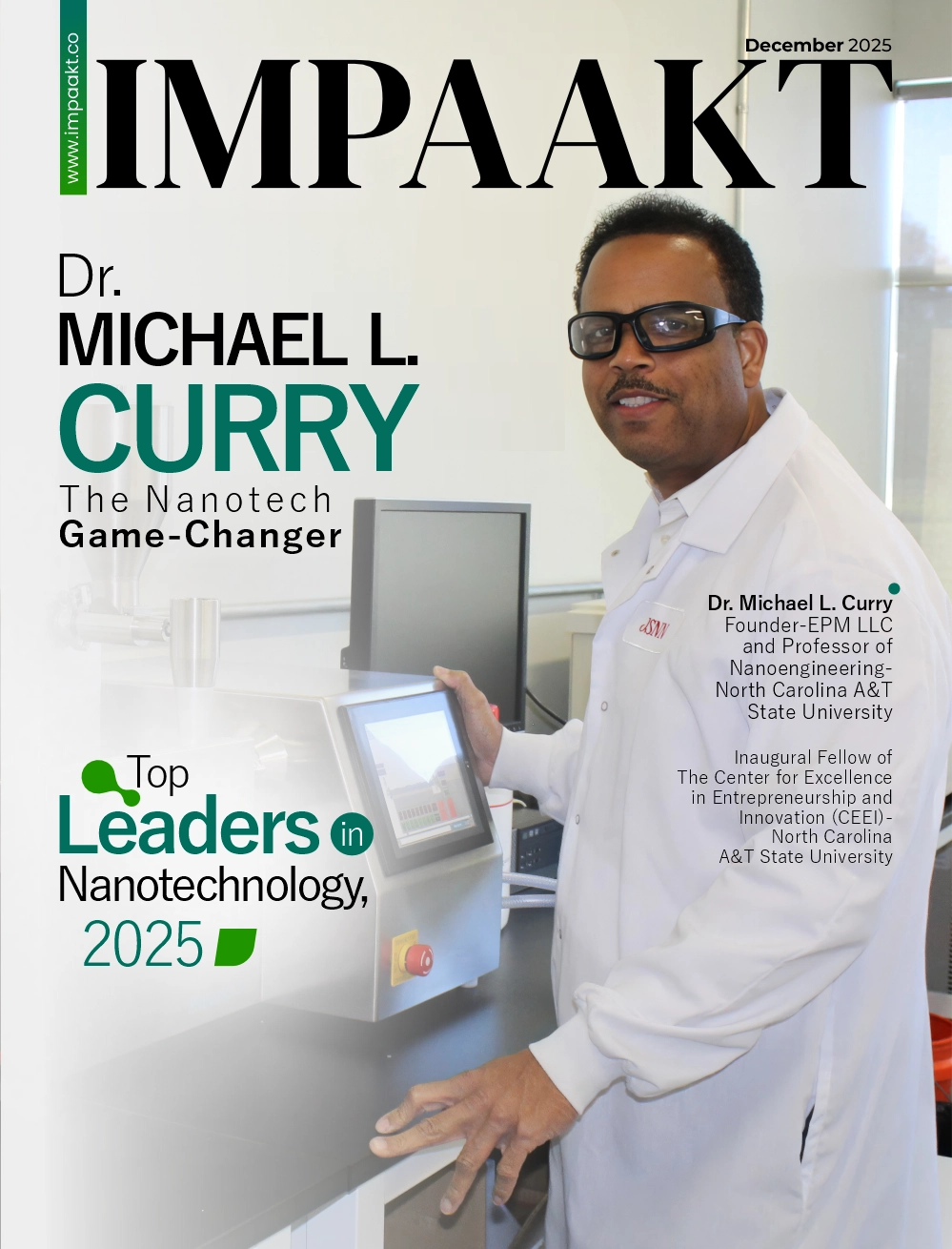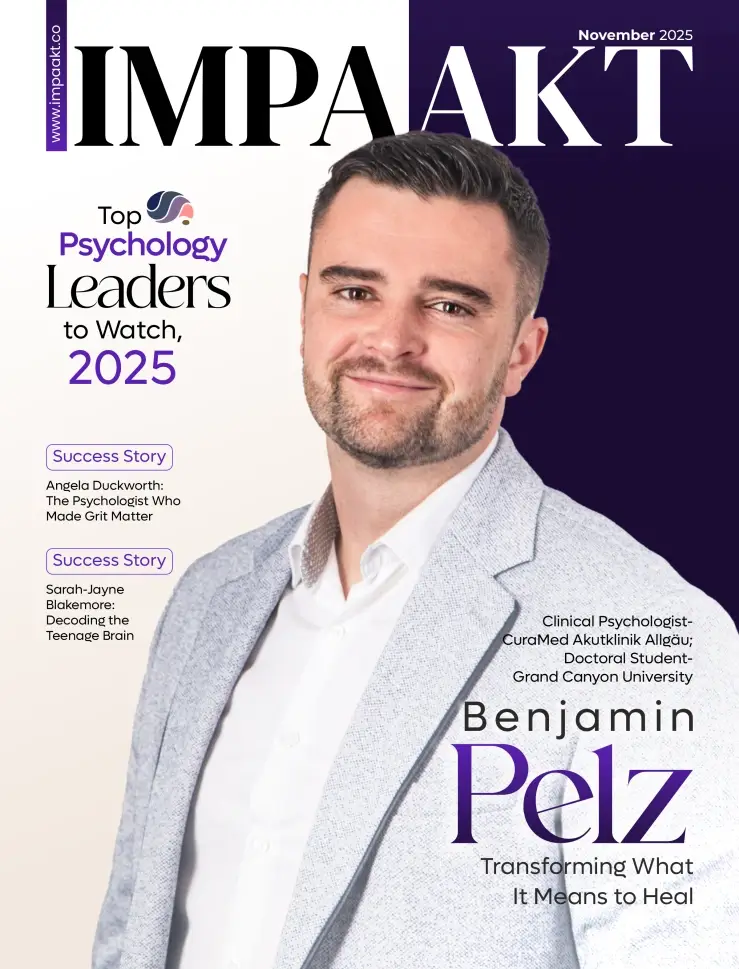Have you ever wondered what journey your morning cup of coffee took before reaching your kitchen counter? Or how the shirt on your back went from raw materials to a finished product? The truth is the supply chains behind everyday items can be shrouded in mystery. This lack of transparency makes it difficult for consumers who care about social and environmental impact to make informed choices.
But a new wave of innovation is shining a light on these hidden worlds. Seedtrace, a company led by the dynamic duo of Ana Selina Haberbosch and Katharina Elisa Davids, is revolutionizing the way businesses tell the story behind their products. Their innovative platform empowers companies to not only track their supply chains but also communicate their social and environmental impact with complete transparency. By peeling back the layers and revealing the true story, Seedtrace empowers both businesses and consumers to make a positive difference.
We at IMPAAKT sat with Ana and Katharina to learn more about Seedtrace and how it enables businesses to take traceability along their supply chains to the next level. Let’s hear more from them-
Ana and Katharina, can you share the inspiration behind the creation of Seedtrace and how its mission aligns with your personal values?
Katharina: The initial idea for Seedtrace came when I was building export opportunities in collaboration with farming cooperatives across different African countries in 2019. It made me wonder if there is no reliable way to show the journey behind the products e.g. including sustainable farming practices and fair pay.
Ana: Meanwhile, I was all about measuring social and environmental impact and quite active in the social entrepreneurial ecosystems in Europe.
Katharina: Both of these experiences made us realize that when it comes to managing sustainability in products, reliance on actual, primary data is scarce. Consumers struggle to grasp the sustainability of what they consume, and regrettably, businesses face similar challenges. We firmly believe that sustainability should be viewed as an inherent aspect of a product, akin to its quality and price. To facilitate informed decision-making for all stakeholders, we have recognized the urgent need for transparency to be both feasible and economically viable.
Ana: For us, transparency equals data, but also relies on a collaborative approach on eye-level between all supply chain actors. Only when organizations know exactly what happens in the supply chain, they can actively promote positive change. Currently, more often than not, sourcing decisions are based on secondary data as the input for respective risk analysis. We still have a long way to go to exchange this information for primary data.
Transparency is a cornerstone of Seedtrace’s platform. How does this transparency benefit both businesses and consumers in today’s market?
Katharina: Everywhere, you see bold sustainability targets for the coming years being set and communicated. But measuring the concrete contribution of business decisions to these goals remains a major challenge. With Seedtrace, we have set out to enable businesses and consumers alike to make conscious sourcing and buying decisions.
Ana: Another massive benefit of supply chain transparency is resilience in the ever-changing regulatory landscape. Regulators like individual countries or the EU will continue to impose directives with increasing frequency and scope. This entails the demand for more primary data and will lead to enhanced accountability for the activities of business partners who operate upstream in the chain.
Could you elaborate on how Seedtrace ensures compliance and meets reporting requirements along the supply chain?
Ana: Our solution allows businesses to build and maintain end-to-end traceability for their products. It comes with a strong focus on retrieving critical data from the first mile. This is increasingly important for regulations like the European Deforestation Regulation (EUDR) as well as the German Supply Chain Act and EU Corporate Sustainability Due Diligence Directive (CSDDD). Through intelligent dashboards, our clients can gain actionable insights and mitigate compliance risks as they arise. The data is securely stored on the Seedtrace platform, already prepared for further use in CSR reporting.
Sustainability is a major focus for Seedtrace. How does the platform help businesses track and improve their social and ecological impact?
Katharina: Our platform allows companies to, step by step, build transparency across their supply chains with a special focus on collecting sustainability data from their own sources and from peers. This includes simple and complex supply chain mapping as well as granular data, e.g. on farmer demographics or payment transparency.
Data credibility, of course, is a major aspect that we look at from two angles. On the one hand, we check on traceability: Can we get the information from the right source, at the right moment and store it securely? On the other hand, we look at impact measurement and verification: Can we assure the truthfulness of the provided information through different confirmation mechanisms? Can we, at least, back respective claims with relevant documentation? How does the data benchmark in comparison to market and historical information?
Ana: Did you know that critical sustainability data is often collected at the origin of our products for fair trade or organic farming certifications but then gets lost? It is rarely ever an active part of CSR management. This is why we enable businesses to manage documents and certifications between multiple supply chain collaborators. The sustainability criteria we look at include but are not limited to:
- Social Impact: Living wage, labour conditions, prevention of child labour, women empowerment
- Environmental Impact: Reduce waste, recycling, deforestation, preservation of biodiversity, organic farming
Collaboration appears to be a key aspect of Seedtrace’s philosophy. How do you foster collaboration among stakeholders in the supply chain?
Ana: The mere digitization and storage of data – which is especially rare in the first mile – is a big game changer for collaboration. Data does not get lost and becomes accessible to all collaborators in the supply chain. This is particularly relevant because sustainability efforts in supply chains are often blocked due to the lack of clear responsibilities. Because of new regulations coming into force now, a collaborative approach with all partners along the chain becomes inevitable.
Katharina: It is important to also see regulations to potentially backfire or, differently said, have unwanted side effects. Looking at the deforestation regulation, it can happen that smaller companies and farmer collectives don’t have the resources and digitization to provide the required data to bigger traders or operators. We need solutions that work for them too without big additional manual workloads or costs. To make sure information comes from the right source, our platform includes a feature to invite suppliers to upload their data on their own with the automated send-out of reminders when they have not done so. We further emphasize confidentiality and data security questions to ensure that only selected information is shared with the respective parties.
In what ways does Seedtrace leverage technology to enhance supply chain management and communication?
Katharina: Our multi-component feature is a sleek solution to a very complex problem: Mapping the supply chain for products with lots of components. It is our tribute to the uniqueness and complexity of supply chains.
Ana: When it comes to supply chain management, we want to enable businesses to build a long-term sustainability-driven supply chain strategy. We partner with them to build a credible database with social and environmental impact data so they can ensure accountability in their sustainability claims.
Katharina: An important compliance aspect to add here is that companies will be obliged to only communicate proven facts about sustainability as per the Green Claim Directive. This is an EU regulation that has just reached another milestone on its way into national legislation. Through our platform, brands can consolidate their credibility and consumer loyalty by providing evidence that their ingredients drive a positive impact at the place of origin.
Consumer awareness regarding sustainability is increasing. How does Seedtrace enable businesses to capitalize on this trend and turn product transparency into a competitive advantage?
Katharina: Making informed and conscious buying choices can be overwhelming for end-consumers, especially with the ever-growing number of labels and certificates. It is therefore crucial for consumer brands to combine emotional with fact-driven communications – which is what we facilitate through our platform. It has a consumer-facing app built in which allows brands to display supply chain mappings, impact claims as well as explain what happens from the very origin of the product to the point of sale accompanied by images. In return, our clients receive behavioural analytics and consumer insights as click rates, QR code scans, time spent exploring content and direct quantitative and qualitative feedback are collected on our platform, too.
While our clients can integrate this storytelling tool into their webshop or as a QR code on their packaging, we have learned that sharing on multiple channels is crucial. This could be a flyer, a social post or an additional landing page to add more background info on the partnership with us. There is still a lot of awareness about to be raised among the broad public.
As sustainability enthusiasts and mentors, what advice would you give to businesses looking to improve their sustainability practices and transparency?
Ana: Something we have learned early on is to allow for a step-by-step approach. The misconception is that the goal needs to be “100% transparency & traceability”. Often, it is first to learn about what the status quo is and what needs to be done next. Our platform is also built like this, different product levels allow our partners to get started easily and build on that over time e.g. start with a static mapping, start with one critical ingredient.
Katharina: Besides a step-by-step approach, looking to improve sustainability and transparency, the good old saying is very true in our eyes: “Cooperation is key to success”. No one can solve it all alone. Sometimes, we are looking at very complex supply chains and processes, so cooperation and partnerships are crucial – between tech companies, governmental structures, NGOs, suppliers, farmers, networks, and larger industry players.
Looking ahead, what future trends do you foresee in the realm of sustainable supply chains, and how is Seedtrace positioned to address them?
Ana: We are certain that regulations which concern supply chains are going to get stricter especially with regards to using primary data, meaning actual data for the individual company like payment transactions to farmers and data from the first mile, so the very origin of the product supply chain.
Katharina: Also, the number of companies affected will rise as they are usually built with a multi-stage model, applying to larger companies first and smaller companies with some delay. This is already foreseeable for the EUDR, the European Deforestation Regulation which will enter into obligation for large companies on December 30th, 2024. For micro or small businesses it will become mandatory from June 30th, 2025.
Ana: We experience that businesses limit their communications around sustainability to annual CSR reports and an inspection of their list of suppliers in some cases. That is hardly linkable for consumers when they want to grasp the actual impact of their buying decision.
Can you share a success story or example where Seedtrace made a tangible difference in improving sustainability and transparency within a supply chain?
Ana: For the past two years, we have worked with Koa, a manufacturer of cocoa fruit products from Ghana, to tackle the problem of unfair labour conditions and exploitation along the supply chains in the cocoa industry.
What we have achieved so far:
- 254,000 € paid to Ghanaian farmers, all transactions verified and irreversibly stored on the blockchain
- 3,277 Ghanaian smallholders have been paid fairly and transparently
- 1,188,000 kg reduced food waste thanks to the use of cocoa fruit pulp which is a side product in cocoa bean production
Katharina: How did we do that? We traced the cocoa batches back to their roots by collecting data directly from the smallholder farmers at the origin together with Koa. Every single payment is verified as we connect mobile money transactions with blockchain. This allows us – and all partners of Koa – to seamlessly track payments in real-time and ultimately impact, too.
The extra benefit for KOA is that they can use proven facts about the social impact of the cocoa fruit juice supply chain for communications on their own brand. This includes a QR code on the packaging and a webshop integration to display the product journey and proven impact claims to end-consumers.
Furthermore, they can strengthen their strategic positioning towards buyers with B2C brands. In this case, Koa can sell supply chain transparency as “the extra ingredient” to increase their volumes and charge higher prices. This is how supply chain transparency becomes economically viable.
